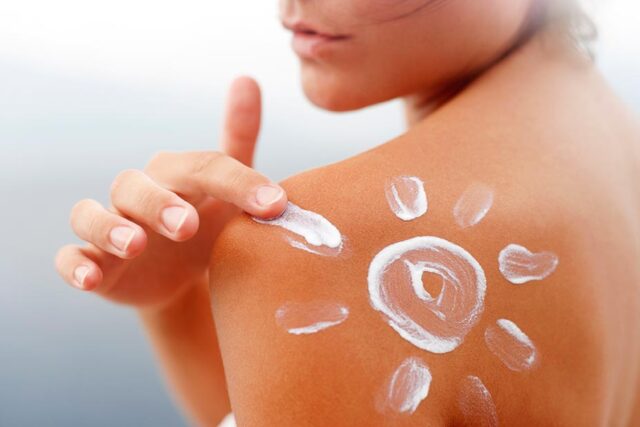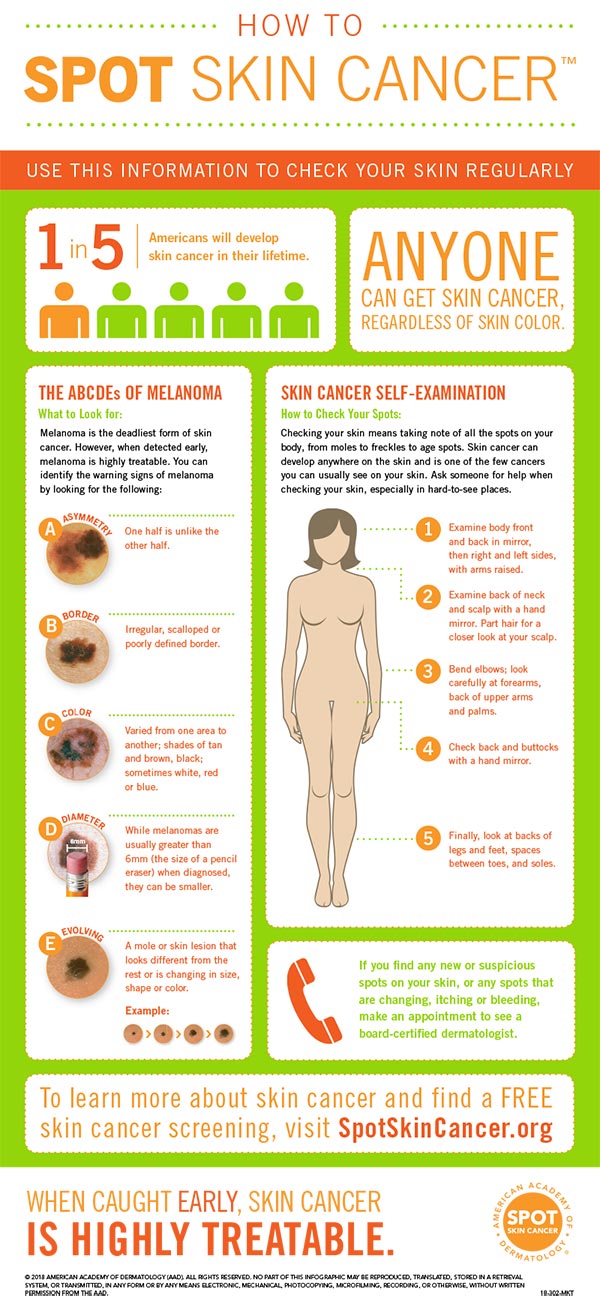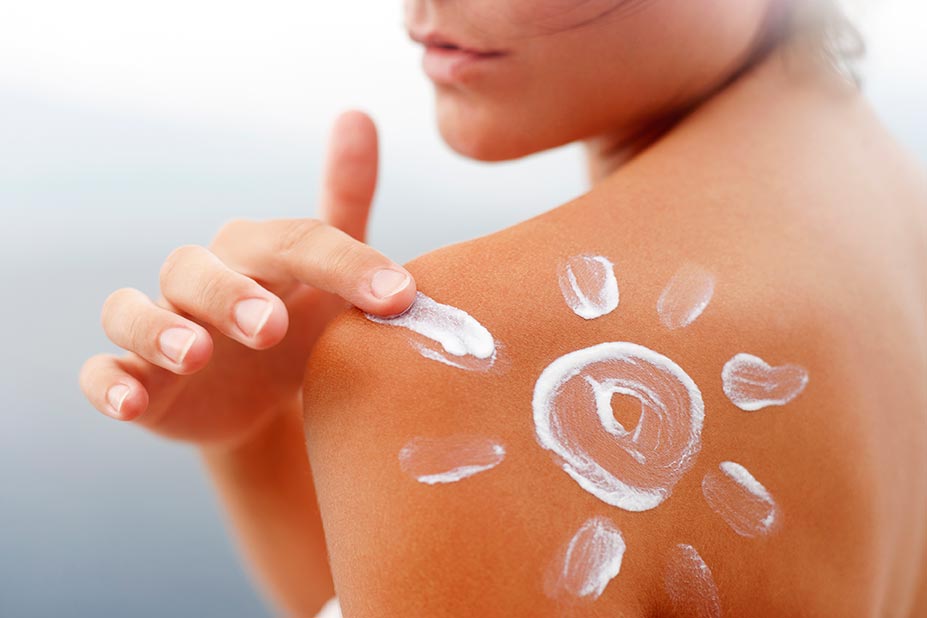
Melanoma is the deadliest form of skin cancer, and UV exposure is the most preventable risk factor for skin cancer. That’s why the American Academy of Dermatology is encouraging you to “practice safe sun” every time you are outdoors. Wear protective clothing, seek out the shade, and always use a water-resistant, broad-spectrum SPF 30 or greater sunscreen, every single time you are in the sun. It does not matter what your age, race, or gender is, you must protect your skin outdoors.
Skin cancer is highly treatable when caught early. which is great news, because estimates say 1 in 5 people in America will develop skin cancer in their lifetime! That statistic includes everyone, because regardless of skin color, anyone can get skin cancer.
Though it is the most commonly diagnosed cancer in the U.S., most skin cancer is non-melanoma and either basal or squamous cell carcinoma. However, there are 5.4 million new cases of basal and squamous cell cancers diagnosed every year, according to a study done in 2016 by the American Cancer Society. They are generally not fatal, however, they can cause disfiguration and still have the possibility of metastasizing to other parts of your body. Malignant melanoma is the deadliest form of skin cancer and is diagnosed in more than 76,000 patients every year and claims the lives of 10,000 Americans a year. The worst part of that statistic is that in terms of preventative cancers, the incidence of melanoma is growing faster than any other kind. In fact, the incidence of both melanoma and non-melanoma skin cancer has been increasing over the past 3 decades.
There are a couple of ways to catch skin cancer early. First, you need to know your family history for melanoma because that’s the number one risk factor for getting it. Another risk factor is having many common moles or atypical moles on your body. Atypical moles have irregular borders, vary in color, or are asymmetrical. If you have been previously diagnosed with either melanoma or non-melanoma skin cancers you have a higher risk factor. The presence of numerous actinic keratoses (precancerous lesions that are grey to pink colored scaly patches of skin on sun-exposed areas of the body) are also a high risk factor. Finally if you have red hair, blue eyes and freckling, your risk is higher, as well as those people who burn easily and fail to tan or have a history of sunburns that blistered.
First and foremost, you should learn how to check your own skin for cancer. We are providing a couple of infographics from the American Academy of Dermatology that show you what to look for when you do a skin cancer self-examination. The Cancer Council recommends that all adults should check their skin and moles every three months. These types of skin examinations are the key to diagnosing skin cancer at its earliest stage because that is when it is most curable. Most cases of basal cell carcinoma and squamous cell carcinoma first appear as changes in the skin.
In addition to that, the American Cancer Society recommends that primary care physicians check for skin cancer in all patients 20 years or older during regular checkups.
As concierge physicians, we are focused on preventative care. As such, when we do your annual physical, we will screen you for skin cancer and if we see anything questionable, we will send you to a dermatologist for further testing. Not all primary care physicians take the time to do the screenings such as the ones for skin cancer. But you can count on us to be sure to screen and test you every year. This way we both know you are as healthy as you can possibly be. If you’re looking for a primary care physician who listens to you and takes the time to find out what’s best for your health, give us a call at PremierMD Care, 239-466-6855 #SWFLConciergedoctors #skincancerscreening




